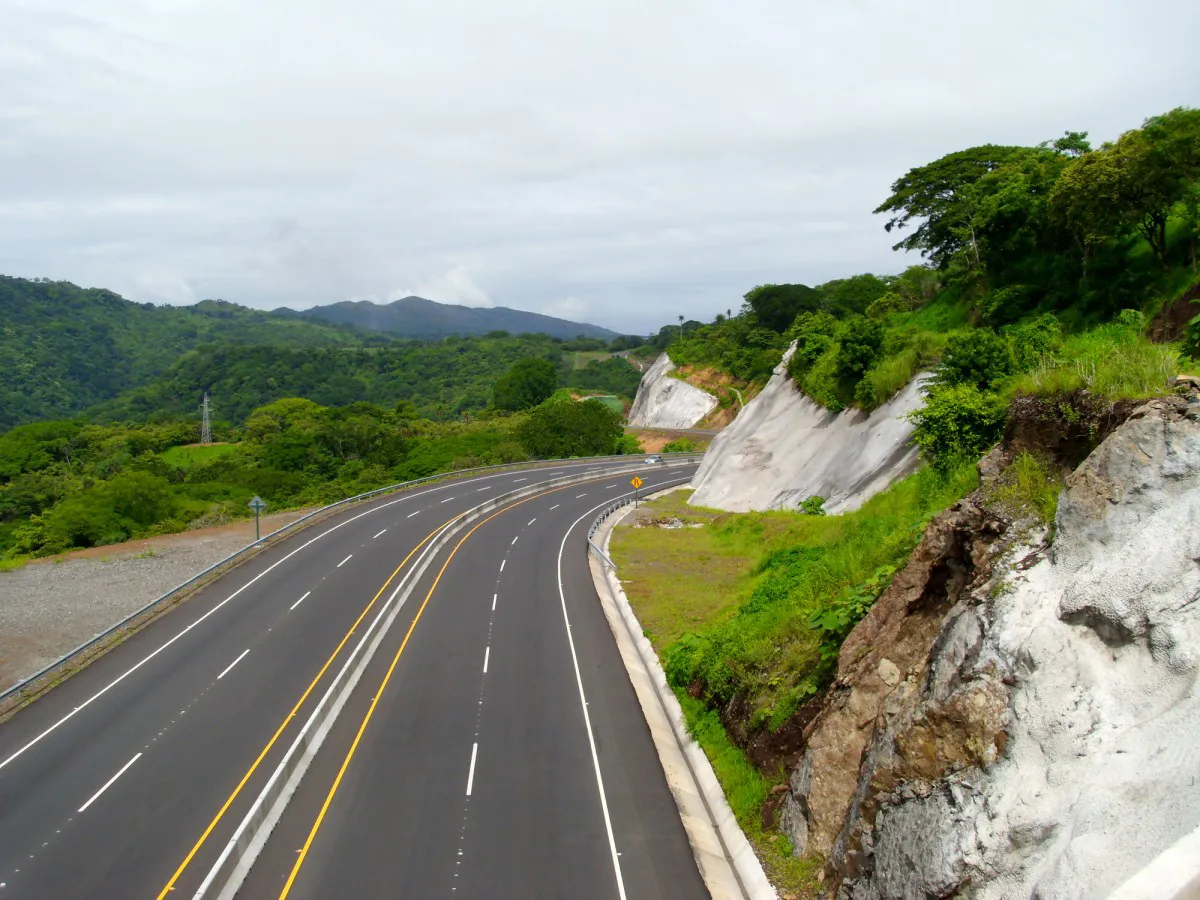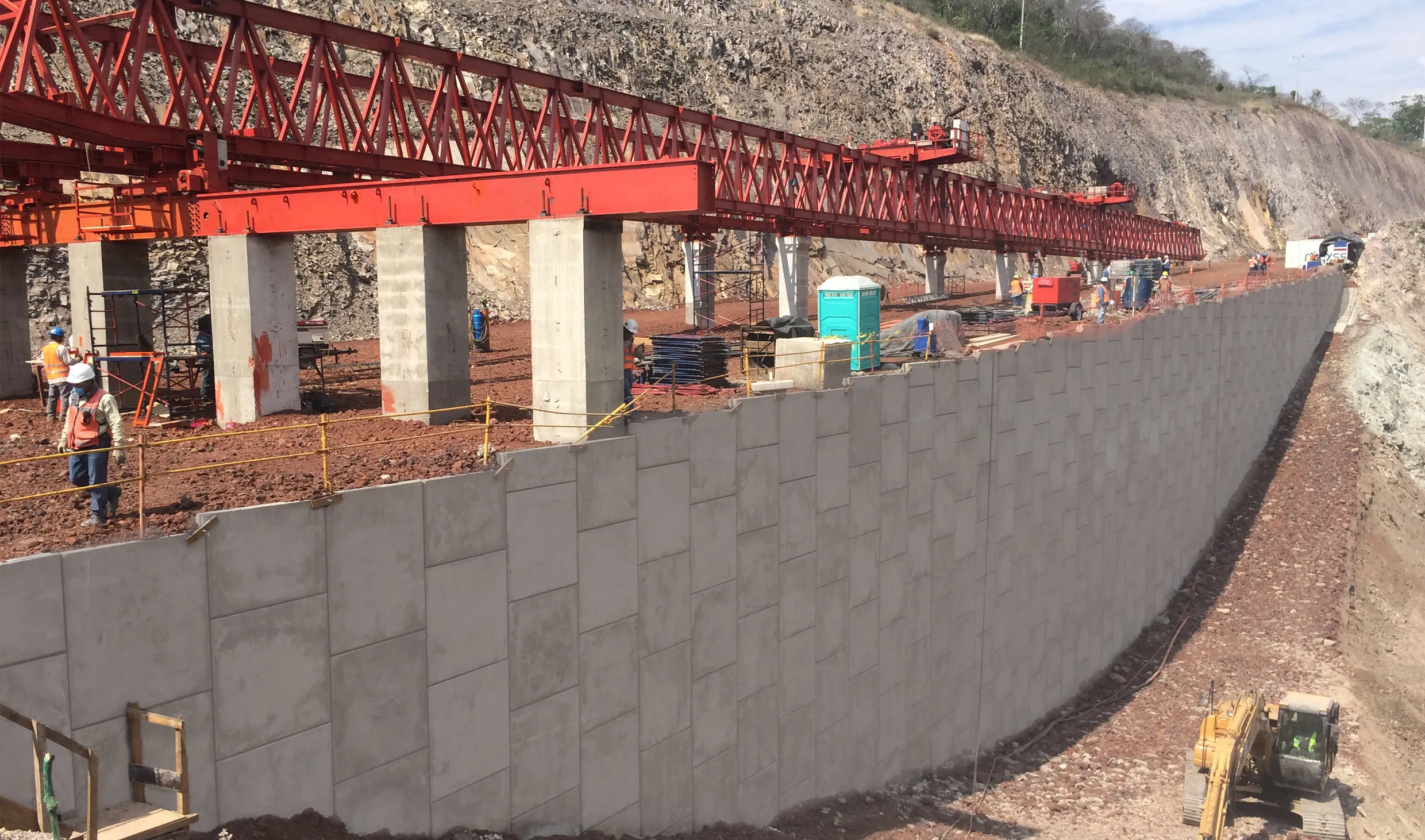Almost one year after work started on Mexico’s Atizapan-Atlacomulco highway, little progress appears to have been made.
OHL Mexico, a subsidiary of the Spanish construction firm OHL group -- Obrascon Huarte Lain -- said that the apparent lack of progress is due to the government not having arranged access to the road.
Sergio Hidalgo, director general for OHL Mexico, told investors that the land for the first of three stages of the project, covering 25km between Atlacomulco and Ixtlahuaca was released
June 9, 2015
Read time: 2 mins
Almost one year after work started on Mexico’s Atizapan-Atlacomulco highway, little progress appears to have been made.
5494 OHL Mexico, a subsidiary of the Spanish construction firm OHL group -- Obrascon Huarte Lain -- said that the apparent lack of progress is due to the government not having arranged access to the road.
Sergio Hidalgo, director general for OHL Mexico, told investors that the land for the first of three stages of the project, covering 25km between Atlacomulco and Ixtlahuaca was released only in the first part of this year. Because of this late release, construction work can begin earliest this summer.
But the secretary of communications and transport has argued that OHL could have started work months ago. The government indicated that 53% of the land for the project has been released so far, providing sufficient area for work to start. The highway will cover 74km, with OHL's contract valid for 30 years, expiring in 2044.
OHL Mexico won the contract to build and operate the 74km road in central in March last year. The road will link Mexico's capital Mexico City and the western city of Guadalajara. The deadline for the highway to begin operating was originally May 15 2016.
OHL Mexico beat out infrastructure-development company4881 Impulsora del Desarrollo y el Empleo en America Latina (IDEAL), owned by Mexican multi-billionaire Carlos Slim. OHL reportedly offered to build the highway for $449 million and to charge a standard toll per vehicle of $11.30 for the entire route.
Media reports said IDEAL offered to build the road $512.2 million and charge a toll of $10.70 per vehicle.
Sergio Hidalgo, director general for OHL Mexico, told investors that the land for the first of three stages of the project, covering 25km between Atlacomulco and Ixtlahuaca was released only in the first part of this year. Because of this late release, construction work can begin earliest this summer.
But the secretary of communications and transport has argued that OHL could have started work months ago. The government indicated that 53% of the land for the project has been released so far, providing sufficient area for work to start. The highway will cover 74km, with OHL's contract valid for 30 years, expiring in 2044.
OHL Mexico won the contract to build and operate the 74km road in central in March last year. The road will link Mexico's capital Mexico City and the western city of Guadalajara. The deadline for the highway to begin operating was originally May 15 2016.
OHL Mexico beat out infrastructure-development company
Media reports said IDEAL offered to build the road $512.2 million and charge a toll of $10.70 per vehicle.








